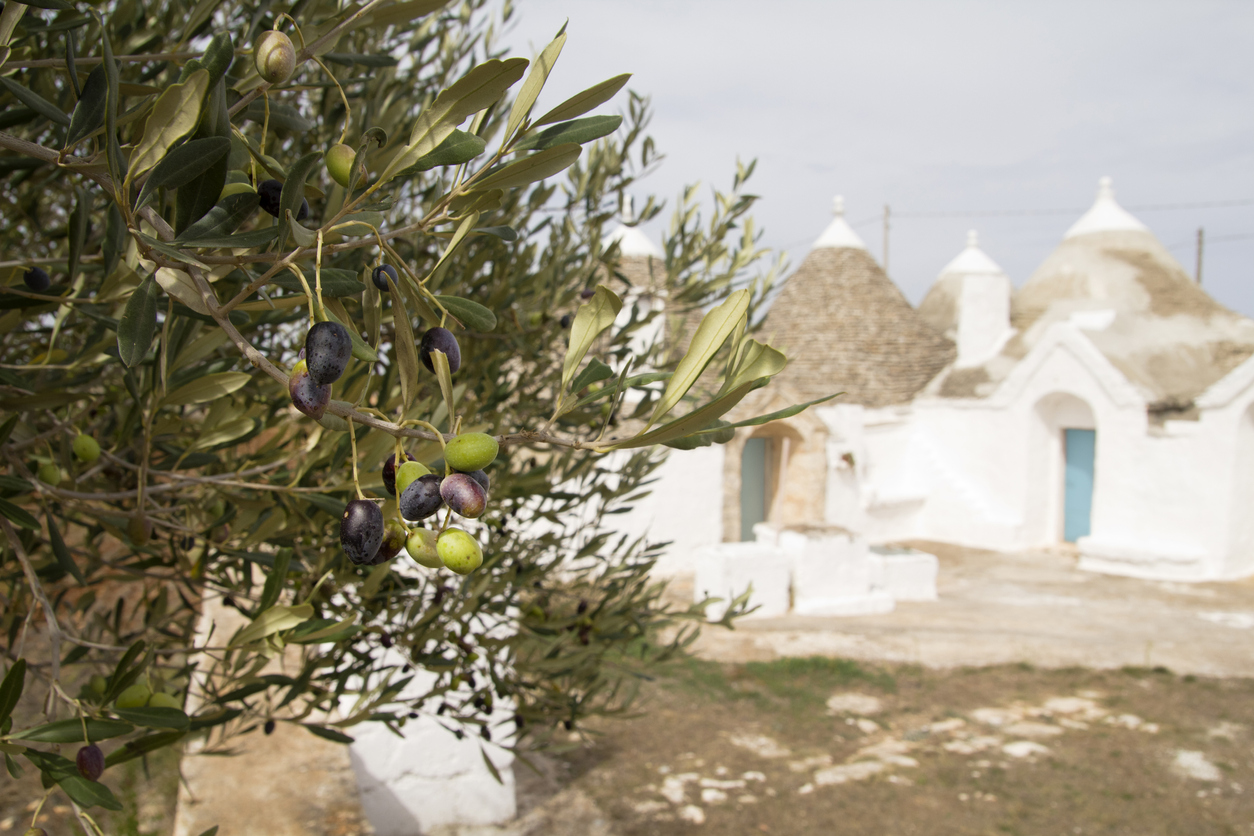Filippo Berio converts olive groves into outdoor lab to combat widespread tree disease

Olive oil maker Filippo Berio has partnered with the Italian National Research Council to tackle the endemic problem of Xylella Fastidiosa – a common and pervasive pest capable of destroying olive trees.
Known colloquially as ‘olive leprosy’, Xylella Fastidiosa has been a problem for Europe’s olive farmers since its outbreak in 2013. It is estimated more than one million olive trees in Italy alone have been lost to the disease.
In a bid to study the disease, which is spread through sap-sucking insects called Spittlebugs, Filippo Berio has converted its 70-hectare olive grove in Tuscany into an outdoor laboratory.
Though there is currently no cure for trees blighted by Xylella Fastidiosa, it is hoped the outdoor lab can investigate ways of making olive trees more resilient to Spittlebugs and other common pests, like the olive fruit fly.
Lead Researcher at the Italian National Research Centre, Claudio Cantini said: “We’ve replanted ancient Tuscan olive varietals to experiment with how they might withstand this disease.
“We’ve also been examining the position they’re planted within a plot to see if that makes a difference as well as planting sectors of specific grass that is hostile to Spittlebugs.”
The laboratory will employ several agritech solutions to study the problem. A specially made fly trap has been designed to allow researchers to catch and study insects in the area.
The bright yellow trap resembles a bird box and catches male flies by attracting them with the smell of female pheromones which coat the exterior. These traps are fitted out with cameras so researchers can monitor the levels of the pest remotely.

The new trap devised by researchers. Credit: Filippo Berio

Researchers are also testing out new planting patterns for groves. Credit: Filippo Berio
Left: The new trap devised by researchers. Credit: Filippo Berio
Right: Researchers are also testing out new planting patterns for groves. Credit: Filippo Berio
Filippo Manni, Agronomist at Villa Filippo Berio, said: “The traditional method for combatting the olive fruit fly is to spray the olive trees with insecticides when the olive fruit flies are present. However, the insecticides are only active for two weeks which means every other week, farmers have to spray the entire olive grove. This costs time and money.
“The brilliant thing about these pheromone traps is they identify where the olive fly is – so the farmer only needs to treat those plants. As well as saving time and money you reduce the amount of chemicals used, which is also much better for the environment.”
To monitor how the olive trees are growing in the new lab environment, the company has also adopted new precision farming smart sensors. These are placed in the plant itself and underneath the soil.
Drones and satellites, as well as a network of wireless sensors, will provide researchers detailed 24/7 data.
The ultimate goal is for Filippo Berio to be able to share its findings with other olive oil farmers to help futureproof the industry.
Olive farming has been plagued with issues in recent months, even beyond pests. Drought in Italy has severely affected production, and is likely to lead to a marked price increase for consumers. Additionally, wildfires in Spain have further impacted supply.
Learn more about the latest technology pulling the focus of the agriculture industry in this Food Matters Live Podcast episode:








